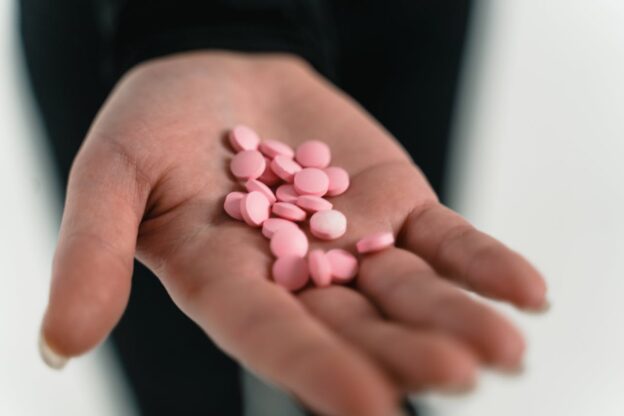You may feel drained by noise, crowds, and pressure. You keep things inside. That can make coping harder. For many people, introverts and drug use become linked over time. Substances can feel like relief. Addiction does not look the same for everyone. If you turn inward, struggles often stay hidden. Shame and fear can delay asking for help. That does not mean recovery is out of reach. The right support respects who you are. We’ll go into how personality connects to substance use and healing. You will also learn how drug and alcohol treatment centers in West Virginia support quieter paths to recovery. Help can fit you, not change you.













